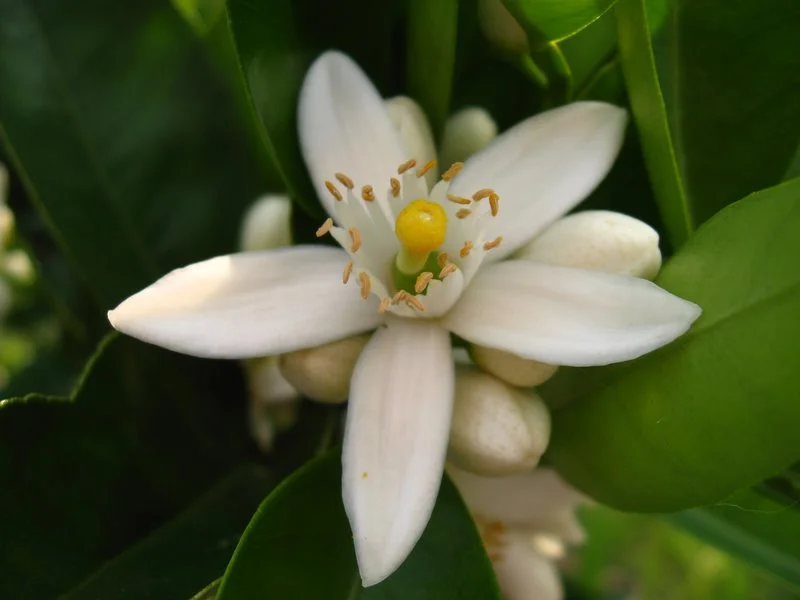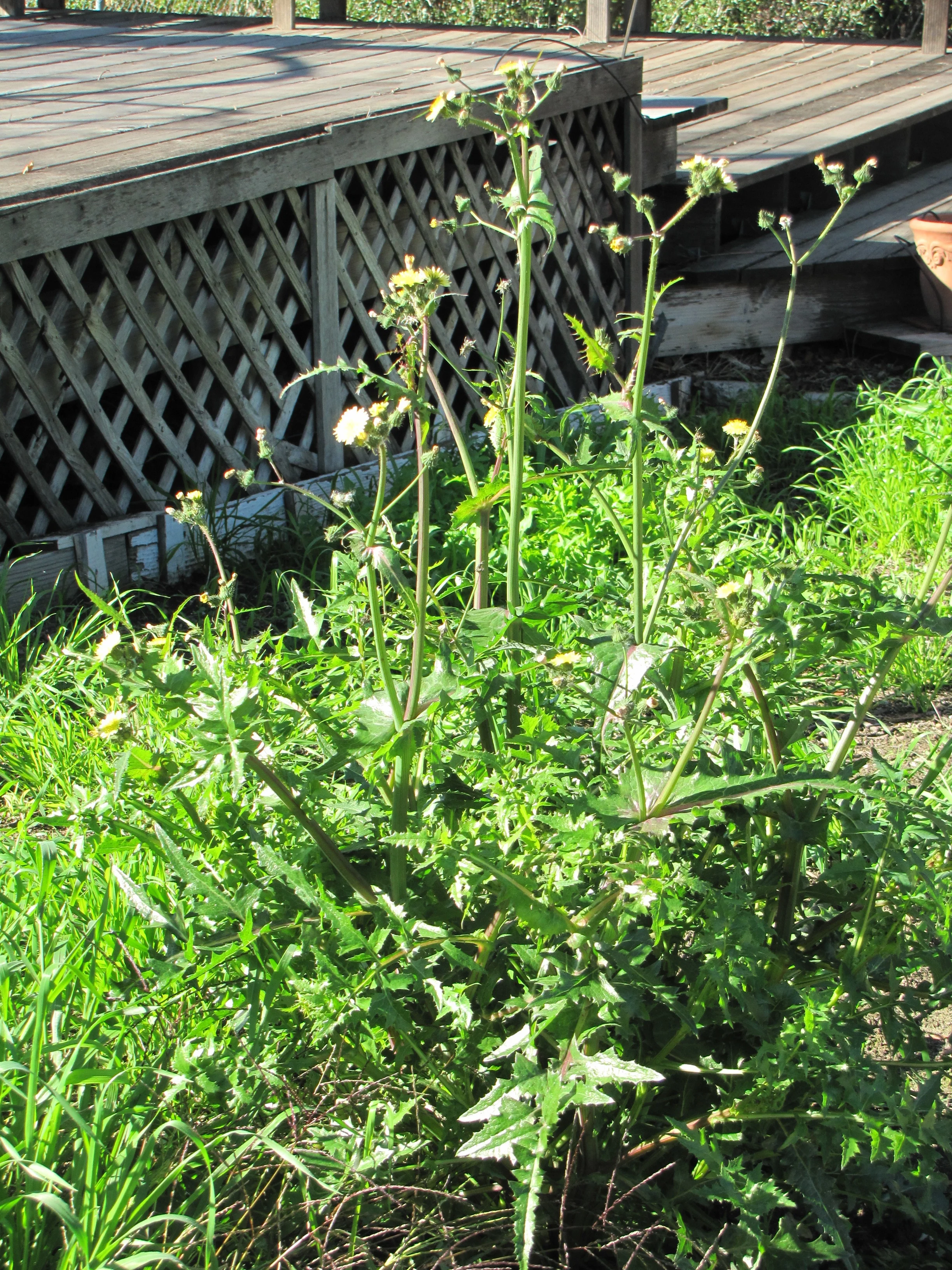Baileya multiradiata – Desert Marigold
The fact that I have no grandchildren while the rest of my friends and siblings produce progeny at a rate that could populate a small town, is eased somewhat by the incredible joy I experience with the babies that are everywhere in my front garden. The new seedlings of Baileya multiradiata – Desert Marigold. Nothing you could buy me would put a bigger smile on my face.
This prolific perennial is a very distant relative of our familiar garden variety Marigold (Tagetes). Native to northern Mexico and the south-western United States, Baileya thrives with very little care here in Corona, CA. It grows about knee-high; 14-17” tall by 24-30” wide. It loves the heat and the sun and has a very low water requirement.
I lost a couple of these plants when I first added them to my front garden a number of years ago. Too much water? Not enough water? Did I start too big with a 1 gallon plant? I ask a lot of questions. My own gardens have always been more laboratory than landscape. A place where I push and shove plants around, see what they do. Do they need water, how much and how little? Will it tolerate shade or sun? Only one way I know to figure that out: just do it. You can read books and magazines and catalogs all day long, but at some point you need to get your hands dirty if you really want to know how plants work. Always I wonder: why and how?
Baileya is a short lived perennial. I’ve found the best way to grow Baileya is from seed. You can start with a container plant – smaller is better - but 1 gallon is OK. In the general maintenance of this plant, you will want to remove the spent flowers (dead-head). I don’t get too precious with this. I don’t spend a lot of time. Simply reach down to the base of the plant and give a tired looking stem a wiggle – like a lose tooth. If it has died back it will come right off. Toss that part, and cut back the rest of the plant as you need to. You really can’t hurt it, and there will always be more plants coming along. Sometimes I just yank the whole plant out. Keep in mind, this is a colorful addition to a naturalistic garden, not a long lived foundation plant. Rub the heads of the spent Baileya flowers releasing the many narrow little seeds, and sprinkle them wherever you want them to grow. A bit of winter rain, some sunshine, and you will have Baileya aka - Desert Marigolds - all over the place.
The Baileya in the foreground shows a mix of new and older blossoms. I remove the whole stem, I do not spend a lot of time dead-heading the individual flowers on these plants.
With some supplemental overhead watering you can keep these sunny plants chugging along just about every day of the year. Supplemental overhead watering means: you standing with the hose giving the Baileya a drink now and then – they don’t need much. You can also put a drip emitter in the location where you want them to grow, but I’m not a fan – I think they do better with some kind of sprinkle. I have an area where I always want these growing so I added a drip component called a Xeri-Spray (by Rain Bird) in just that one area. And the seeds always germinate there. Easy. The individual Xeri-Spray drip components can be turned completely off during the cooler wetter months of the year, as well. No need to waste water. Easy, again.
Xeri-Spray helps to get the Baileya seeds started. Once they are up I turn off this device with a twist, the cap closes down. Just as easily, a twist opens it up when I need it again.
Because this plant grows so readily from seed, expect to edit its spread through your garden. This is my method of design; about 50% of my garden is self-sown from plants that came to me in a 1 gallon container and quickly got happy and healthy. If they are self-sustaining, have good manners and require a minimum of care, they can live at my house and do what they will. A little nudge here and there is all that is neccesary these days in the front garden. I have learned over time that when something ‘plants itself’, that plant will always be happier and is often best left to grow where it lands.
As long as it lands in a good spot.
I can wax poetic and sentimental about the dance we do with creation and how the evolution of a garden is partnership with the miraculous. And, I do believe it is. But - I’m still the boss around here and for whatever reason, if I don’t agree with where you landed, then out you go. Desert Marigolds today are tomorrow’s compost. It’s all good in my book. Does that sound ruthless? I love my garden, but I am very much a hands-off sort of gardener. One might even say I am a lazy gardener. I notice, I observe, I appreciate, I talk to my plants, patting their lovely heads when they do something especially delightful - all of that - but I don't spend a ton of time fussing and tending to individual plants. One more characteristic of sustainability in my book. Easy to live with, full of good cheer, Baileya multiradiata – Desert Marigold, is a bit of sunshine that delivers big in a dry sunny garden.









